In 2016, Camara Education worked with 1,031 schools, trained 7,816 educators and distributed over 10,600 computers. As a result, 225,542 learners were impacted through our Social Enterprise activities.
Camara Education recently conducted a monitoring and evaluation exercise in selected partner schools in Africa and Ireland. The evaluation surveyed 96 schools in Africa and 40 schools/youth centres in Ireland, including 106 educators and 1,587 learners from Ethiopia, Kenya, Lesotho, Tanzania, and Zambia. The main purpose was to assess the relevance, effectiveness, and impact of activities carried out by Camara hubs in 2016. The exercise mainly focused on measuring Key Performance Indicators including the length of computer lab access and usage by learners and educators, computer share between learners, and the impact of Camara provided training on educators. The satisfaction levels of school leaders, educators, and learners on Camara-provided services and Camara hubs’ performance were also part of the survey.
Access to Camara provided computers
The length of timetable access of computers by learners for 2016 was 98 minutes per week on average, showing a 7% increase from 2015.


Chart 1: Reported access to computers by learners (in minutes/week)
Comparatively, the lowest access was reported from Ethiopia with 79 minutes per week. However, Ethiopia registered the biggest improvement in terms of access to a 20% increase from 2015. Both Kenya and Tanzania’s hubs also registered a 10% and 12% increase in access respectively. The longest access was reported from Zambia with 108 minutes per week though it has decreased by 9 minutes from 2015. A closer look at our data shows that this decrease in access is in line with the decrease in one computer per student ratio. In fact, the results obtained in terms of computer share between learners seem to show a direct relationship with the length of computer access by learners, i.e learners who did not share a computer with others reported longer access time than those who shared a computer with at least one other learner.
Computer share between learners
Computer sharing is a major factor that influences the quality of computer access and length of usage by learners. In 2016, 29% of learners enjoyed using a computer without sharing it, while 71% had to share with at least one other student.
Compared to 2015, the percentage of learners that did not have to share a computer increased by 11%, and the percentage of learners that shared a computer with at least one other student decreased by 11%. As seen in the access section, there appears to be a direct link between length of access and computer share between learners. Overall, there is a trend of less computer sharing between learners, and more learners are accessing computers without the need to share.
Chart 2: Reported computer share by learners
Computer usage by Educators
In 2016, the average length of Camara-trained educator’s computer usage for teaching was 175 minutes per week. On the other side, usage by educators who did not attend the Camara training was 128 minutes per week. This represents a 36% longer usage among trained educators compared those who did not attend the Camara training.
Chart 3: Reported usage of eLearning centres by educators

Chart 4: Computer usage among Camara trained educators
The Camara-provided training has also had an impact on the confidence and ability level of educators. Of the 109 educators who rated their ICT use confidence 6 or more out of 10, 64% had attended the Camara training. Similarly, 66% of those who rated their ICT use ability 6 or more attended the Camara training.
Chart 5: ICT use confidence and ability among surveyed educators
Camara’s Overall Performance
According to the surveyed school leaders, the overall performance of Camara hubs for 2016 was 84%, an improvement of 6% from 2015 and 8% from 2014. ‘Attitude of Camara staff’ was the highest scoring performance area with 93%, followed by ‘Ease of communicating with Camara’ and ‘Understanding the schools need’ both scoring 89%. On the other end, ‘Provision of relevant training’ was the lowest scoring performance area with 74%.
Chart: Performance scores for Camara hub
Compared to 2015, six of the 10 performance areas showed an improvement. These include the provision of quality support (20% improvement), the meeting of agreed deadlines (13% improvement), and timely resolution of problems the school have had (12% improvement). On the contrary, three performance areas showed a decrease from 2015, ‘Provision of relevant training’ showing the largest decrease with 7%. Table 1 below shows the details.
Table 1: Changes in performance areas (2015 – 2016)
To summarize, access and use of Camara-provided computers have increased among learners and educators. The percentage of students that reported using a computer without having to share it with other students also increased from previous years. When it comes to the impact of Camara-provided training for educators, Camara-trained educators reported using ICT for teaching longer than those who did not attend the training. ICT use for teaching among Camara-trained educators had also increased from previous years. In terms of Camara’s overall performance, an increase of 6% from 2015 and 8% from 2014 was reported by the surveyed school leaders.






